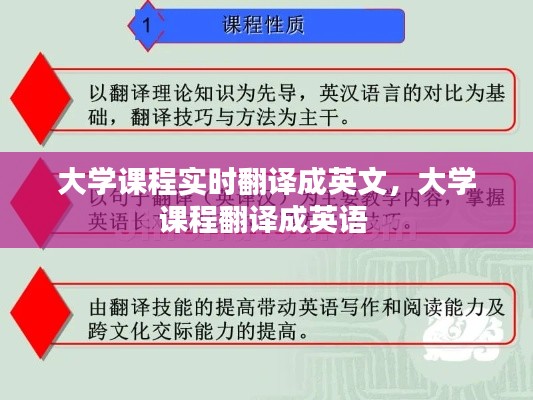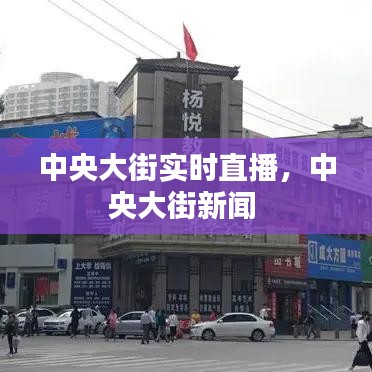Introduction to Real-Time Translation in University Courses
In the era of globalization, the need for multilingual communication has become more pronounced than ever. For students attending universities where the primary language of instruction is not their mother tongue, the challenge of understanding complex academic content can be daunting. This is where real-time translation in university courses comes into play, offering a solution that can bridge the language gap and enhance the learning experience. This article explores the concept of real-time translation, its benefits, and the technology behind it.
Understanding Real-Time Translation
Real-time translation refers to the immediate conversion of spoken or written language from one language to another. In the context of university courses, this technology allows for the translation of lectures, discussions, and other academic activities in real-time. The process typically involves the use of advanced software or hardware devices that can capture audio or text input and provide a simultaneous or near-simultaneous translation output.
Benefits of Real-Time Translation in University Courses
There are several key benefits to implementing real-time translation in university courses:
Accessibility: Real-time translation makes education more accessible to students from diverse linguistic backgrounds, ensuring that they can fully participate in the learning process without language barriers.
Inclusivity: By providing translations, universities can foster a more inclusive environment where students from different cultures and languages can engage with each other and with the material.
Enhanced Learning Experience: Real-time translation allows students to focus on understanding the content rather than struggling with language, which can lead to a more effective learning experience.
Global Opportunities: For students aiming to work or study abroad, real-time translation can help them prepare for the challenges of a multilingual environment.
Technology Behind Real-Time Translation
Real-time translation technology has evolved significantly over the years, thanks to advancements in artificial intelligence and machine learning. Here are some of the key components and technologies involved:
Speech Recognition: This technology converts spoken words into digital data that can be processed by the translation software.
Machine Translation: Using algorithms and vast language databases, machine translation systems convert the input language into the target language.
Speech Synthesis: After the translation, speech synthesis technology converts the translated text back into spoken words, ensuring that the output is natural and understandable.
Continuous Improvement: Many real-time translation systems are designed to learn from user feedback and improve their accuracy over time.
Challenges and Considerations
While real-time translation offers numerous benefits, there are also challenges and considerations to keep in mind:
Accuracy: Although technology has improved, real-time translation is not always perfect and may still contain errors or misunderstandings.
Cost: Implementing real-time translation technology can be expensive, requiring investment in hardware, software, and training.
Privacy: The use of real-time translation may raise privacy concerns, especially when personal data is involved.
Culture and Context: Real-time translation must be sensitive to cultural nuances and context to ensure accurate and appropriate translations.
Conclusion
Real-time translation in university courses is a powerful tool that can revolutionize the way students learn and interact with academic content. By overcoming language barriers, it can enhance accessibility, inclusivity, and the overall learning experience. As technology continues to advance, the accuracy and reliability of real-time translation systems are likely to improve, making it an even more valuable resource for students and educators around the world.
转载请注明来自昌宝联护栏,本文标题:《大学课程实时翻译成英文,大学课程翻译成英语 》















 冀ICP备19033229号-1
冀ICP备19033229号-1